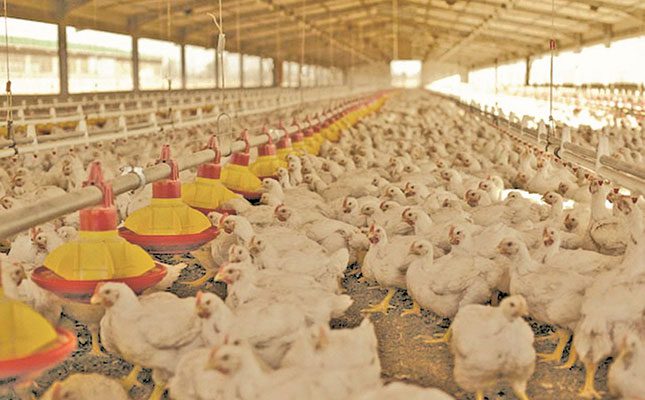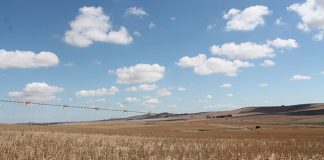
Photo: FW Archive
In September 2022, Astral announced that it was expecting market conditions to deteriorate, with record-high feed input costs, devastating levels of rolling blackouts, and the general decay of municipal infrastructure having a negative impact on operational costs and efficiencies. As rolling blackouts had continued unabated this year, the situation was worsening.
Schutte said that based on prevailing market and operational conditions, the cost to produce poultry exceeded the selling price by at least R2/kg.
“Feed input costs, which make up about 70% of the cost of producing a live broiler, have increased significantly. At the end of December 2022, the SAFEX yellow maize price peaked at around R5 300/t on the back of a weakening local currency and a tight global balance sheet.”
He noted that a substantial hike in the selling price of chicken meat and other products would be required to recover the high feed input costs and the impact of rolling blackouts. However, Astral had been unable to implement this increase and had therefore continued to subsidise the increased cost of production, to the benefit of the consumer.
Astral’s poultry division was thus expected to incur significant losses for the next few months, Schutte said.
A further consequence of load-shedding was their impact on transformation in the sector.
Through the Poultry Sector Master Plan, the hope was to establish a flock of 16 million birds under black ownership, but with profitability being eroded, these plans were being derailed.
Izaak Breitenbach, CEO of the South African Poultry Association, said producers across the sector were facing huge pressures, with load-shedding adding R0,75/ kg to the cost of production.
“[Larger] producers have put generators in place, but smaller producers can’t afford them, and so mortality [rates] are rising.
“In both cases, the operational costs are just too high and producers can’t stay in business.”











